Can urban forests truly revolutionize the way we live? In the face of relentless urbanization, Fidelity Investments India unveils an inspiring vision. As environmental concerns escalate globally, the imperative to adopt sustainable practices becomes increasingly pronounced. Reflecting on its 20th-anniversary celebration, the company is not merely showcasing its financial prowess but is unveiling a Miyawaki Marvel – an ambitious initiative heralding a green revolution. This innovative approach involves the Miyawaki method, swiftly developing urban forests with native plants, creating lush ecosystems in a mere 20 to 30 years, a stark departure from the conventional methods' 200 to 300 years natural growth span.
In an enlightening interview with TheCSRUniverse, Mr. BhavaniPrasad Deshmukh, Head of Regional Public Affairs & Community Relations at Fidelity Investments India, reveals the company's innovative approaches to addressing urbanization's impact. The interview delves into visionary strategies, community engagement, long-term sustainability efforts, including crucial partnerships with non-profit organizations, which shape Fidelity's mission to cultivate urban forests. Join us as we explore how this financial leader, with 1.4 lakh saplings already planted, is rewriting the narrative, contributing not just to environmental conservation but also fostering a harmonious coexistence between urban development and nature.
Scroll down to read the full interview.
Q&A
Q. What vision drives Fidelity Investments India to utilize the Miyawaki method for swift urban forest development, and what pressing needs or environmental aspirations motivate the company to choose this innovative approach over conventional methods?
A. At Fidelity Investments India, we began our plantation drives in December 2017 as part of our focus on environmental sustainability, through our India Fidelity Cares community impact program. That year, our volunteers planted 4,000 saplings at a lakebed in Bangalore. Since then, we have planted over 1.4 lakh saplings in Bangalore and Chennai where we have our operations. This year, in fact, as our firm completes 20 years, we have planted 20,000 saplings in Bangalore and Chennai, 10,000 in each city. We implement these projects in partnership with our not-for-profit partner.
We have been using the Miyawaki method for our sustainability efforts, as this is an efficient way of creating sustainable mini forests in urban areas using plant species native to the region. Through this method, we essentially plant saplings close to one another, the natural competition leading to faster growth. Our non-for-profit implementation partner makes sure that the soil is prepared organically for such plantations. With two years of maintenance, these trees can attain a height of over 15 feet and become self-sustaining.
We prefer this method over conventional approaches due to its ability to create urban forests within 20 to 30 years, a significantly shorter timeframe than the 200 to 300 years required by traditional methods. Furthermore, the Miyawaki method’s emphasis on planting native species aligns with Fidelity's goal of supporting local ecosystems and fostering biodiversity. By planting only native saplings, we ensure the creation of habitats that attract diverse wildlife, contributing to the overall health of the environment.
The choice of this method is also rooted in its low maintenance requirements and sustainability. Native species are less susceptible to pests and diseases, and after an initial two years of human intervention, the urban forests become self-sustaining. This not only reduces the long-term environmental impact of urbanization, but also resonates with Fidelity's commitment to sustainable practices.
We also engage our volunteers through education initiatives on the Miyawaki technique and its benefits, especially through nature walks, which serve as a testament to the transformative impact of our plantation drives.
Q. Could you shed light on the long-term strategies and practices Fidelity Investments employs to ensure the ongoing health and vitality of the urban forests it establishes?
A. Fidelity Investments India employs a comprehensive, long-term strategy to ensure the sustained health and vitality of the urban forests it establishes. We ensure maintenance of the plantation sites for two years following our drives with the help of our not-for-profit partners. This involves weeding, mulching, and other essential activities to nurture saplings into self-sustaining, mature trees. To date, over 2,000 of our volunteers have helped in a few of these projects in Bangalore and Chennai. We have created over 15 mini urban forests covering a total of over 10 acres of land. Our satisfaction is in knowing that we are building something for our future generations and contributing to the green cover in our cities.
Q. The goal of 20,000 saplings in Bangalore and Chennai last year was ambitious. Can you share specific details about the planning and execution strategies implemented to achieve this objective, and the impact on these urban spaces?
A. This year being Fidelity Investments India’s 20th anniversary year, we thought there would be no better way to mark the occasion than by creating more mini forests in our cities and contributing to the green, for the benefit of our future generations. To achieve this target, we decided to conduct one drive each in Chennai and Bangalore, with 10,000 saplings each. Our Chennai concluded in September and our Bangalore drive in December.
The way we usually go about our projects is by planning well in advance with the help of our not-for-profit partners who are the experts in this domain for identifying the right land, obtaining permission from governmental agencies, preparing the sites, identifying native species, procuring healthy saplings, executing the plantation activity (some through our volunteers by training them), and then protecting and maintaining the sites post the plantation drives for two years. Beyond numbers, the impact is profound – native trees attract diverse wildlife, including birds, butterflies, and insects, creating cooler, biodiverse urban sanctuaries. Above all, our future generations are going to benefit from more greenery and a healthier environment right where they live. We couldn’t be more proud to be a part of this green movement in building a cleaner, greener world for the future.
Q. In achieving these goals, what strategies are you employing in your collaborations with partners, and have there been any notable challenges encountered along the way?
A. In our pursuit of environmental sustainability goals, our collaboration strategies with our not-for-profit partners play a pivotal role. We collaborate with partners who are experts in the field and help us identify land that could be potential sites for our plantation drives, along with getting the required permissions to carry out these activities.
They also help create the maximum impact through our drives. Our engagement with these partners has been mutually beneficial, driven by a common goal to benefit, positively impact, and sustain our ecology and environment. The challenge nowadays is to find land within the city that the government is ready to earmark for forests with a commitment to protect them from use for other purposes later. Hence, our initiatives on this front are tending to move towards the outer boundaries of cities.
Q. In the journey of creating mini forests, how does Fidelity Investments India navigate the selection of native species, and what criteria are considered to ensure the development of highly biodiverse urban forests?
A. Our not-for-profit partner employs a meticulous approach to identifying and selecting native species of saplings that are planted in our drives, towards the development of highly biodiverse urban forests. Our efforts are aimed at benefiting the local ecosystem over the long term. Each of our projects involve planting of over 50 species of native saplings.
Q. Beyond the visual transformation of barren spaces into thriving ecosystems, what ecological impacts have you observed since implementing the Miyawaki method, including the return of local fauna such as butterflies and other wildlife?
A. Apart from contributing to enhancing the green cover in our cities, our plantation drives have helped increase the flora and fauna at our plantation sites. Notably, the return of local fauna, including butterflies and diverse wildlife, stands as a testament to the success of these drives. The dense forests have helped create a cooler and more vibrant atmosphere within them, and showcase the potential for sustainable practices to restore and support local ecosystems. The varied plant species play unique roles in the ecosystem, contributing to nutrient cycling, soil health, and overall ecological balance. They also help maintain a harmonious relationship between different species.
Additionally, biodiverse ecosystems are more resilient to environmental changes, including those associated with climate change.
Q. In light of the reported disadvantages of the Miyawaki technique, such as the preference for timber trees, limitations in tropical regions, and potential restrictions on wildlife movement, how does Fidelity Investments India address or mitigate these challenges?
A. With the sole aim of positively impacting the environment, we have focused on planting only native saplings through our drives. This is of utmost importance, as such species support the local ecosystem, require less maintenance, and are less vulnerable to pests and diseases. Native plants attract a variety of birds, butterflies, and other wildlife by providing diverse habitats and food sources. We have seen these results are long-lasting and have contributed overall to the creation of sustainable urban forests that have only benefited the local ecosystems.
Q. Could you discuss the role of volunteers and the initiatives undertaken for education and awareness building before the plantation drives, fostering community engagement and environmental consciousness?
A. We tend to get a good volunteer response from our employees for our plantation activities, which we organize at least once or twice a year in Bangalore and Chennai. Before embarking on our drives, our non-for-profit partner first educates our volunteers on the Miyawaki technique and its benefits. Our volunteers are fully invested in the cause before proceeding to participate in the drives.
Following the drives, once the work of our volunteers has resulted in the creation of beautiful forests, we bring them back on nature walks to inspire them through viewing the fruit of their labor.
Q. In your role, how do you perceive the relationship between corporate initiatives like your plantation drives and broader community development (skill development, livelihood, ecological impact etc), and how has Fidelity Investments India actively integrated these efforts into the social fabric of the regions you operate in?
A. All of our corporate social and sustainability initiatives are undertaken with a long-term view, to benefit the communities where we live and work. Through our India Fidelity Cares program, we actively seek to serve underrepresented sections of society primarily through education initiatives, and to benefit the environment through sustainability actions. We partner with a few non-for-profit organizations that have similar objectives and value systems to implement many of our initiatives and also have an army of volunteers who devote their time and energy to seeing positive change being realized on the ground. Our efforts have resulted in an overall rise in social consciousness among our growing volunteer group over time.
Q. What are Fidelity Investments India's future plans for CSR and sustainability, especially in light of your current successes? Are there specific areas, geographies or projects you're considering for further impact?
A. Rather than merely increasing the number of initiatives we undertake, we remain focused in increasing the scale of our core programs and enhancing their impact. We are also working on increasing our volunteer base and enhancing social consciousness and awareness among them. We firmly believe in the power of education to empower communities towards becoming self-sustaining units of change.
Q. Lastly, considering the global focus on sustainability, what lessons or best practices has the company gained from its urban forest initiatives, including the ecological and sustainability impacts that could inspire or influence similar efforts in other regions or industries?
A. Apart from our satisfaction in being able to view the fruit of our labor in a much shorter period of time than would have been possible through traditional plantation methods, we could sum up our key learnings as the following:
Biodiversity preservation: Effective and economic sustainability measures not only benefit the environment over a long period of time, but also have a cascading effect in being able to impact other aspects such as, in this case, introducing and attracting a diversity of flora and fauna.
Benefiting local ecosystems: Through building these spaces right in the heart of our cities, we have been able to directly impact the communities where we live and work, not to mention enhancing social and environment consciousness among our volunteers.



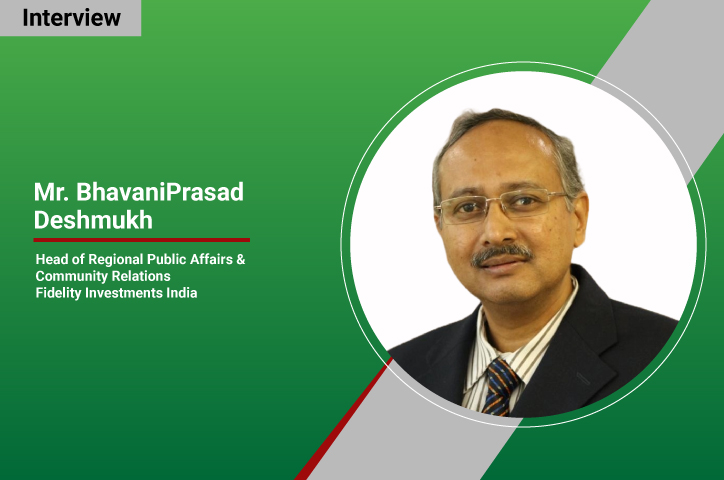
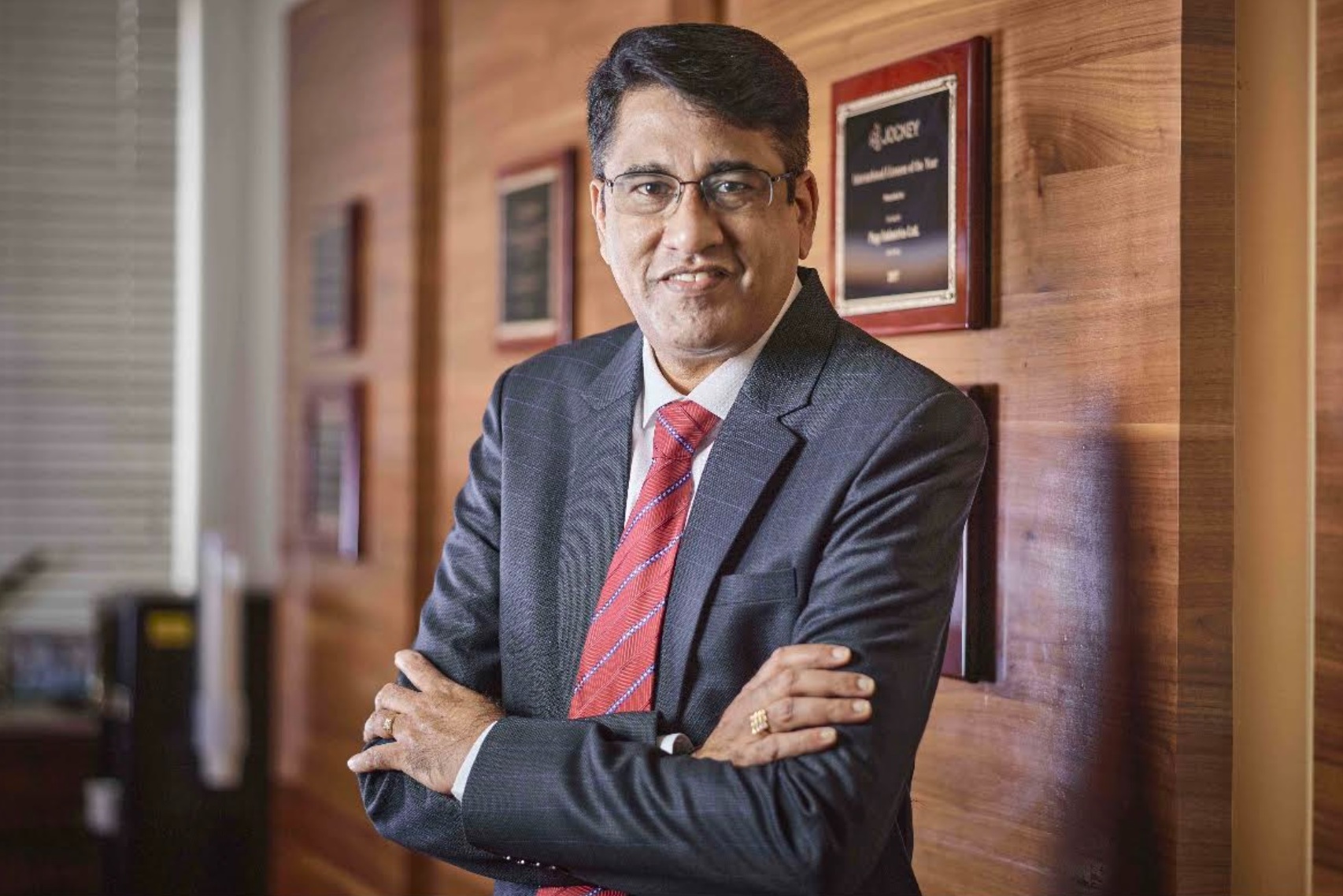

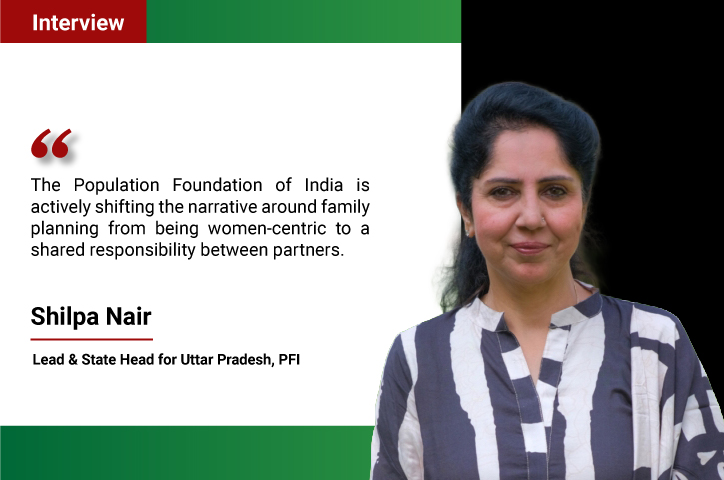

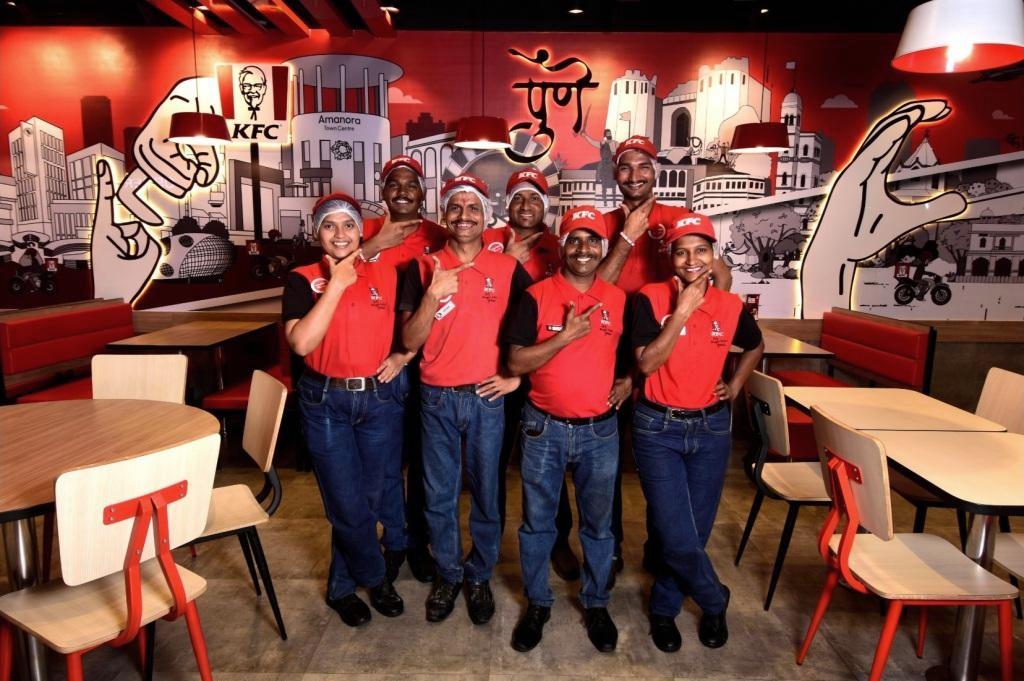

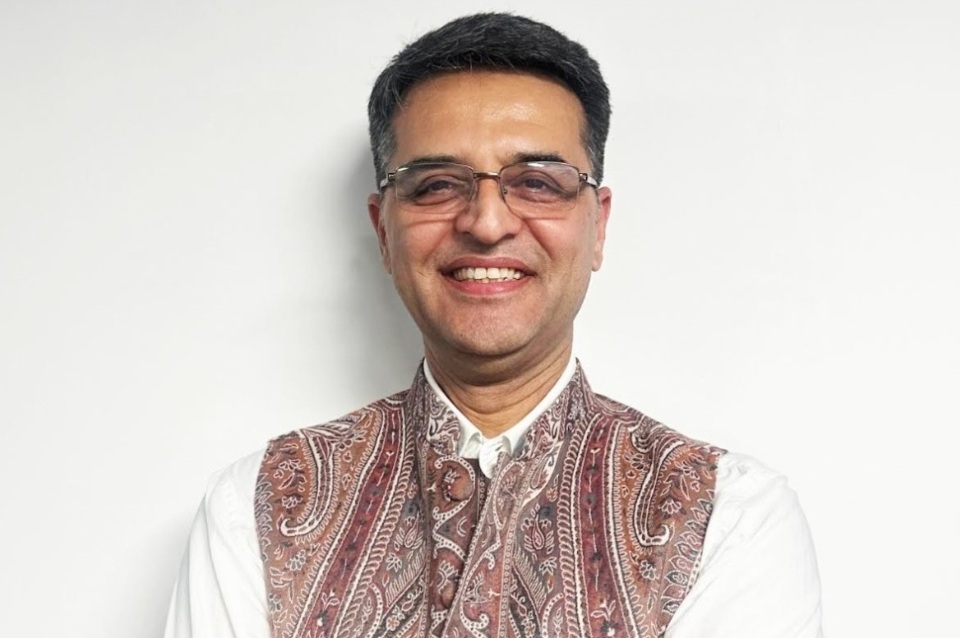
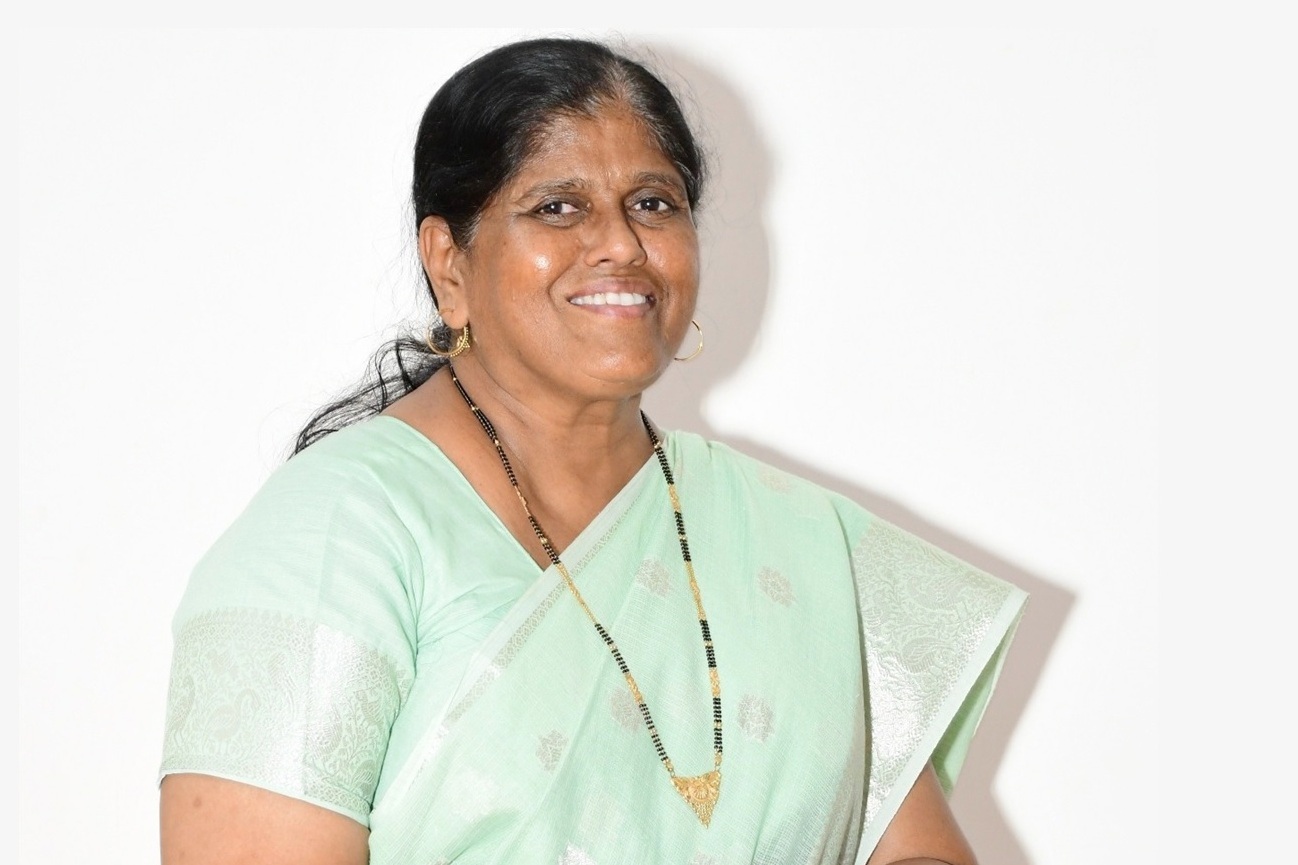


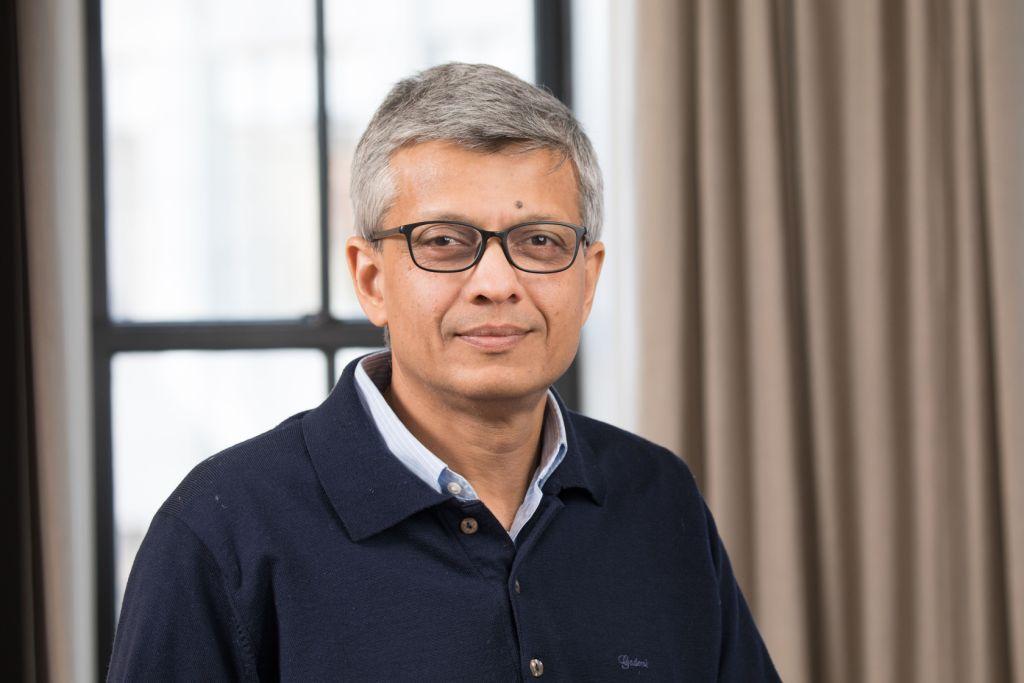

.jpg)




